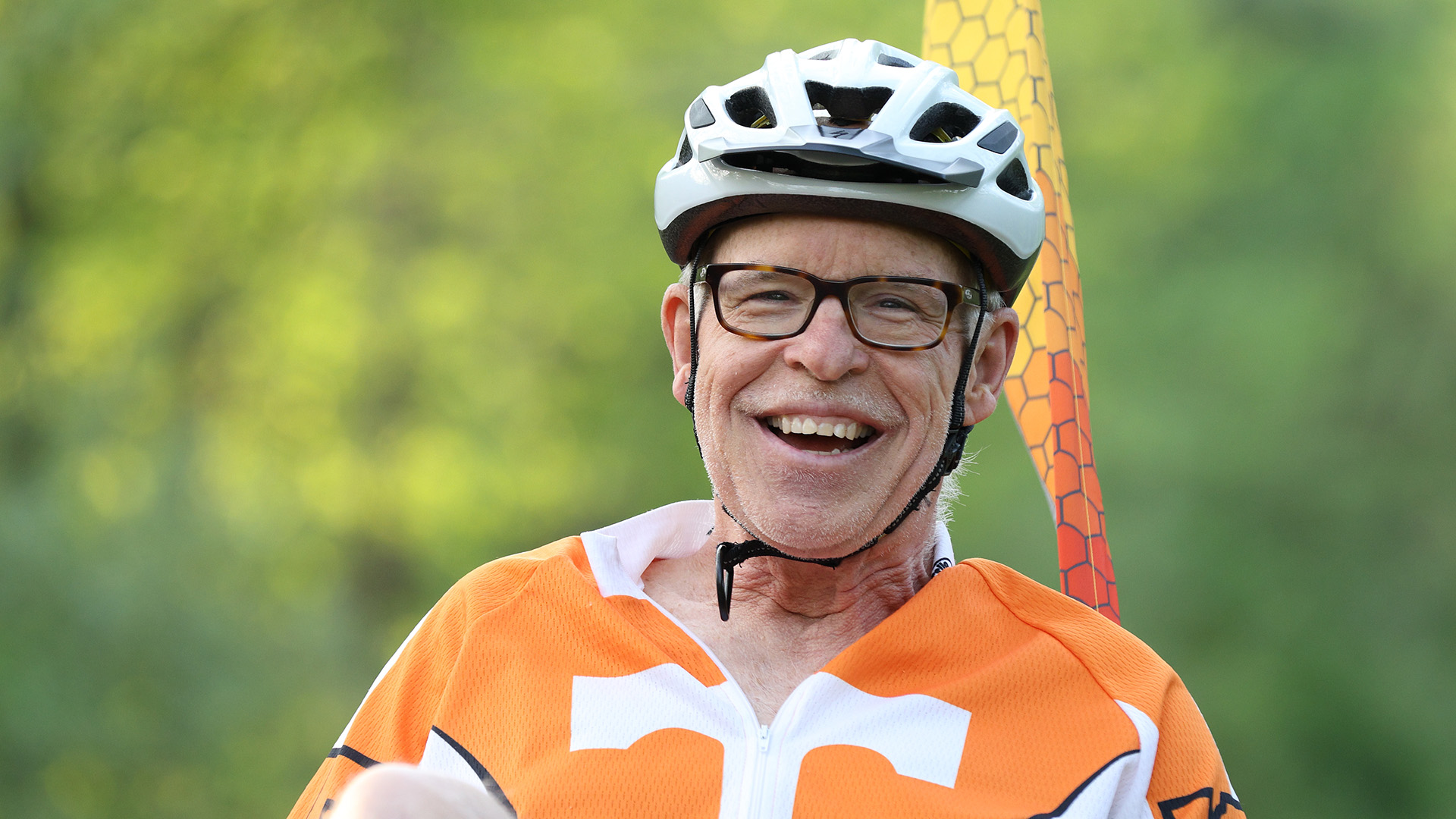Children's Health
Bike to School Day’ Promotes Safe Riding
A helmet is the single most effective safety device available to reduce head injury and death from bicycle crashes. So why doesn’t every child wear one? Safe Kids Greater Grand Rapids is trying to increase awareness of the importance of wearing bicycle helmets.
The organization will join school children from Brown Elementary in Byron Center to raise awareness about bicycling and walking safety on “Bike to School Day,” Wednesday, May 9. The first-ever event takes place during National Bike Safety Month.
Each year, an average of 127 children ages 14 and under die from bicycle-related injuries and more than 254,000 suffer nonfatal bicycle injuries. Bicycle helmets can reduce the risk of severe brain injuries by 88 percent.
“A bike helmet is essential. Bike to School Day is a great opportunity for us to encourage children to wear a helmet,” says Jennifer Hoekstra, Safe Kids program coordinator with Helen DeVos Children’s Hospital. “We’ll also teach kids to obey traffic signs and the rules of the road.”
Safe Kids Greater Grand Rapids also reminds parents and caregivers to:
- Make sure the helmet fits and your kids know how to use it correctly, every time. A helmet should sit on top of the head in a level position and should not rock forward and backward or side –to-side. The helmet straps must always be buckled. Safe Kids recommends kids take the Helmet Fit Test.
- EYES: Position the helmet on your head. Look up and you should see the bottom rim of the helmet. The rim should be two finger-widths above the eyebrows.
- EARS: Make sure the straps of the helmet form a “Y” under your ears when buckled. The strap should be snug but comfortable.
- MOUTH: Open your mouth as wide as you can. Do you feel the helmet hug your head? If not, tighten those straps and make sure the buckle is flat against your skin.
- Make sure the bike is the right size for the child. The child should be able to sit on the bicycle seat and touch both feet to the ground. As the child develops more confidence, the seat can be raised so that he or she can just touch the toes of both feet and only one foot to the ground.
- Make sure the bike is in good repair. It’s important to make sure reflectors are secure, brakes work properly, gears shift smoothly and tires are tightly secured and properly inflated.
- Remember, bike helmets should only be worn for biking and for other sports like skateboarding and rollerblading. Kids should not wear bike helmets on the playground where the straps can get caught on equipment and cause injury or for activities that require specialized helmets, such as skiing or football.
- Model and teach proper bicyclist behavior. Always ride on the right side of the road, with traffic, not against it. Stay as far to the right as possible. Use appropriate hand signals and respect traffic signals, stopping at all stop signs and stop lights. Children should only ride or skate in good weather and during the day. They should stay on sidewalk paths – not roads – until age 10.
- When in doubt, get help. The sales staff at any bicycle shop or outdoor recreation store should be able to provide expert advice on fitting and adjusting bikes and helmets.
Spectrum Health is a not-for-profit health system in West Michigan offering a full continuum of care through the Spectrum Health Hospital Group, which is comprised of nine hospitals including Helen DeVos Children’s Hospital, a state of the art children’s hospital that opened in January 2011, and 190 service sites; the Spectrum Health Medical Group and West Michigan Heart, physician groups totaling more than 600 providers; and Priority Health, a health plan with 625,000 members. Spectrum Health is West Michigan’s largest employer with more than 18,000 employees. The organization provided $176.5 million in community benefit during its 2011 fiscal year.




